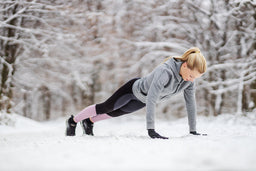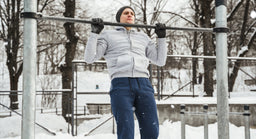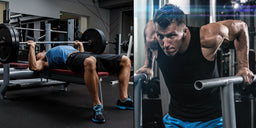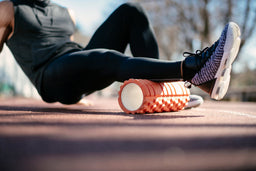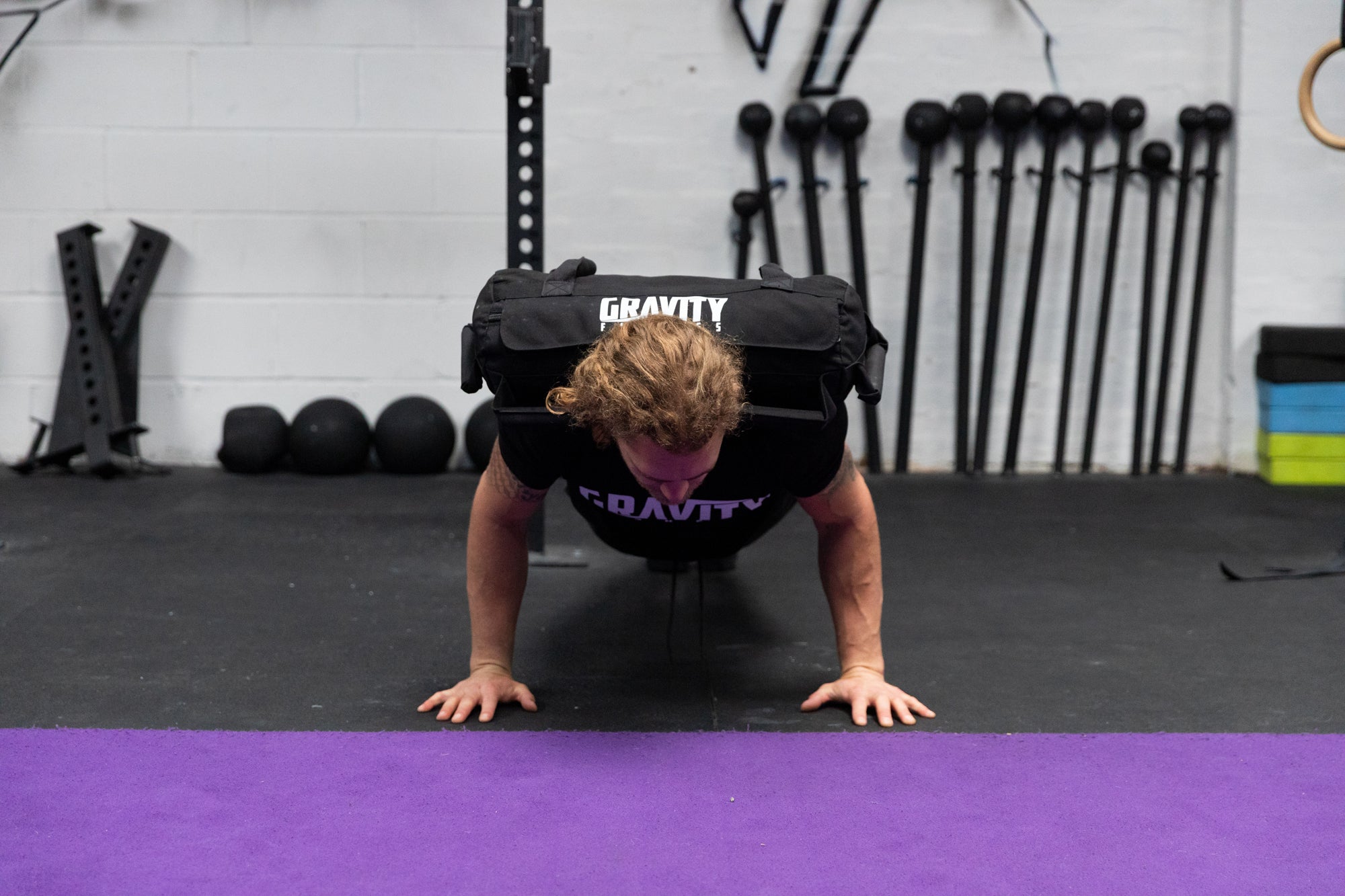
Adding Weight To Your Calisthenics Training
Adding Weight To Your Calisthenics Training
When it comes to advancing yourself further through Calisthenics, as well as moving onto more advanced moves and skills, you can incorporate progressive overload into your calisthenics training. Progressive overload is the foundation principal of resistance training. To summarise, you add more weight as you get stronger to build muscle. This means your body is adapting to new stimulus all the time, and responding by getting stronger.
Progressive overload is particularly useful in calisthenics if you don’t want to progress onto those advanced skills just yet, or you might have an injury, you might want a coach to help you feel more secure with the more advanced skills but you want to do a training session at the gym, or you might just want to lift some big heavy things and listen to angry music! We can still do that in calisthenics.
Weight vests, kettle bells, ankle weights or dumbbells and weight belts are all options we can incorporate into our equipment rolodex to improve our calisthenics strength. Mastering the basics is key in Calisthenics, and if we can strengthen our base form with more and more weight, not only will we build more functional strength, but also we will be hitting those advanced skill before you know it!
Weight vests are a great too to start with progressive overload as you can scale the weight accordingly, and because the weight is spread across your torso evenly, it makes functional movement and strength much easier to achieve. Kettle bells can be attached to a weight belt or held over your feet, in your hand or on your back, making them a versatile tool to use for progressive overload in weighted calisthenics. Also almost every gym will have kettle bells in differing weights. For the lower body we can add weights around the ankle using a device such as MonkeyFeet (there are plenty of options out there!) or use a dumbbell and secure it around the ankle. This way we don’t have to use gym equipment and it provides opposing muscle strengthening, making lower body exercises much more functional. Also a weight belt can be used to add bumper plates to with our elevated exercises, such as pull ups or chin ups.
When it comes to adding progressive overload to your routine, start small. If you’re working towards strength and power you want a difficult 4-7 reps, for building muscle (AKA Hypertrophy) you want somewhere in the 10-12 rep range and for endurance you’re looking at 15-20 reps. So depending on what your goals are, you can aim for either one full set, a half set or just a couple of reps with extra weight and then continue that exercise or movement with body weight. You can then slowly build up from there by adding one extra rep per session, or reducing your rest period between sets or even altering the tempo of movement to increase TUT (time under tension). Tracking your progress in a notes file on your phone or with a notebook is very useful here as it means you don’t have to remember where you are. Your tracking is something you can see in front of you, which also increases your accountability to yourself and makes sticking to a programme more likely.
This methodology also means you can scale back when you need to, if you want a deload week, you’re on holiday, have an injury or want to relax. You can then pick up from where you left off later, or know post-injury what you’re trying to get back to.
So what are you waiting for? Go ahead and level up your training regime by adding weight to your calisthenics programme, and then just keep consistent and you’ll start to see (and feel) the results before you know it!
Tag us on IG @gravity.fitness so we can see your progress!































